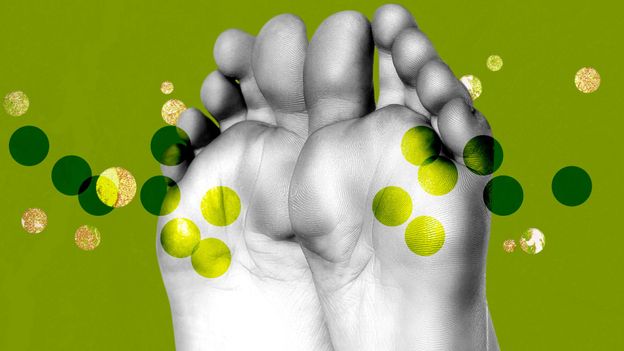Certain infectious diseases also release characteristic odors. Odorous poop could be a sign of cholera infection or Difficult clostridioides Bacteria, which are a common cause of diarrhea – although a study has found that a group of unhappy nurses could not accurately diagnose patients by sniffing their faces. Tuberculosis, on the other hand, can lead to a feeling of breath of a nauseating person, like stingy beer, and his skin like humid brown cardboard and brine.
However, detection of other diseases requires a special nose type.
Dogs, for example, have a smell that would be up to 100,000 times stronger than ours. Scientists have trained dogs to sniff lung, breast, ovary, bladder and prostate cancers. In a study on prostate cancer, for example, dogs were able to detect the disease in urine samples with a success rate of 99%. Dogs were also formed to detect the first signs of Parkinson’s disease, diabetes, epileptic crises coming in the opposite direction and malaria, all of the smell alone.
But not all dogs have what it takes to become a disease detector, and it takes time to train the animals that do it. Some scientists say that we can reproduce the incredible olfactory capacities of dogs, and people like Milne, in the laboratory, perhaps offer the possibility of having a simple stranding that could be sent for tests.
Barran, for example, uses chromatography in the gas-show-mass phase to analyze the sebum (an oily substance produced on people’s skin) of Parkinson patients. The gaseous phase chromatography separates the compounds and mass spectrometry weighs them, allowing you to determine the precise nature of the present molecules. Food, drinks and perfume industries already use this form of odor analysis.


